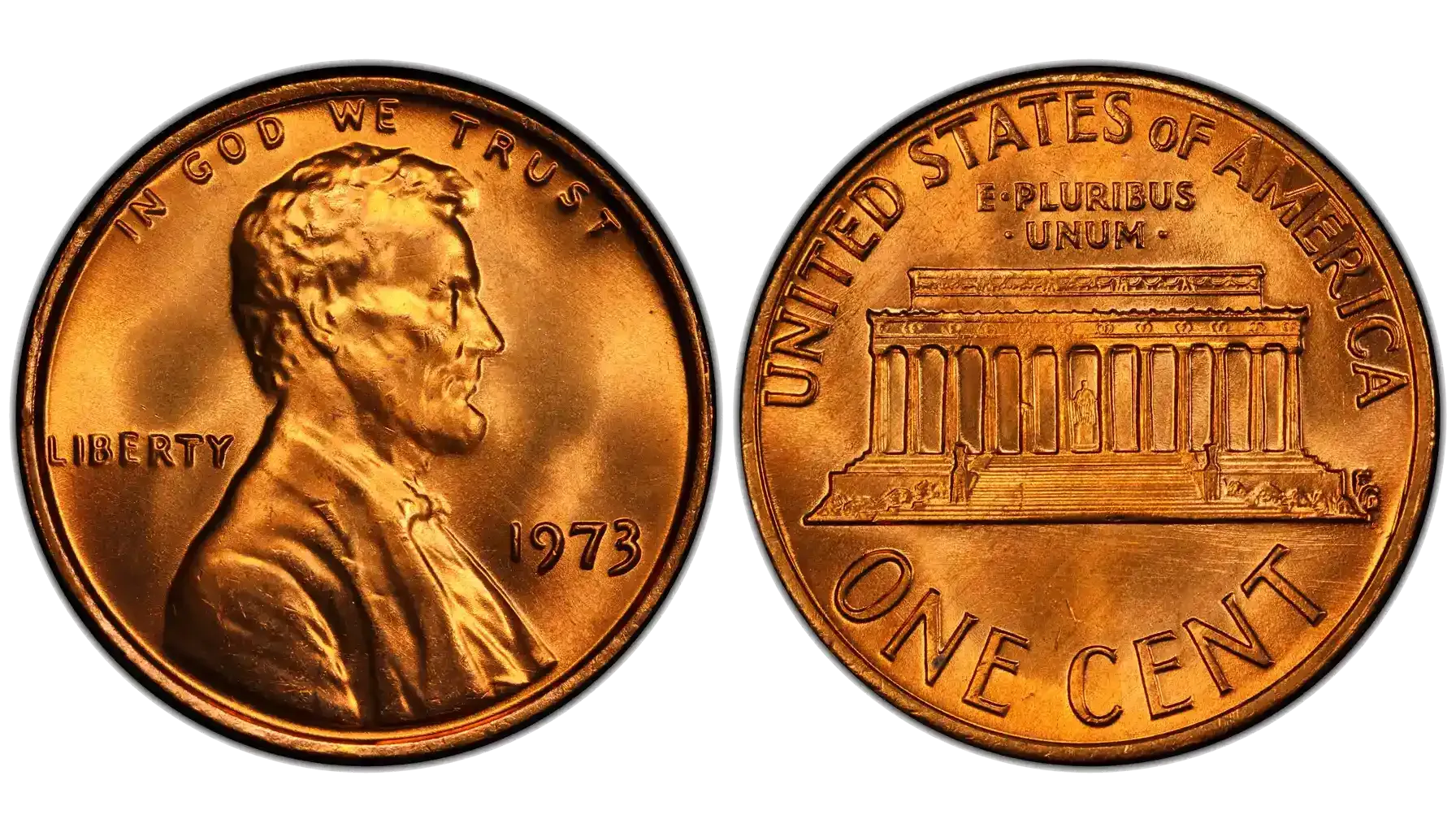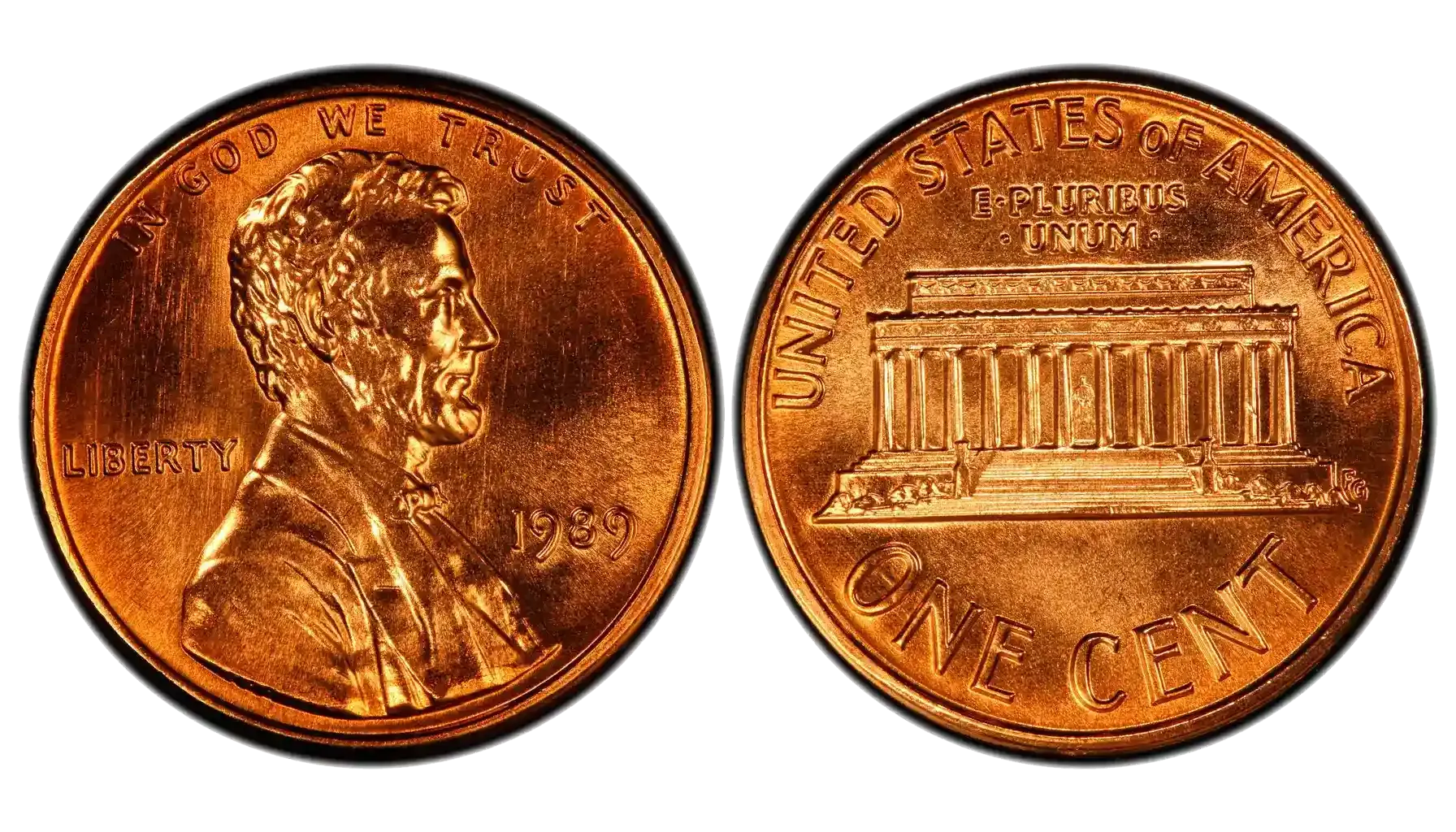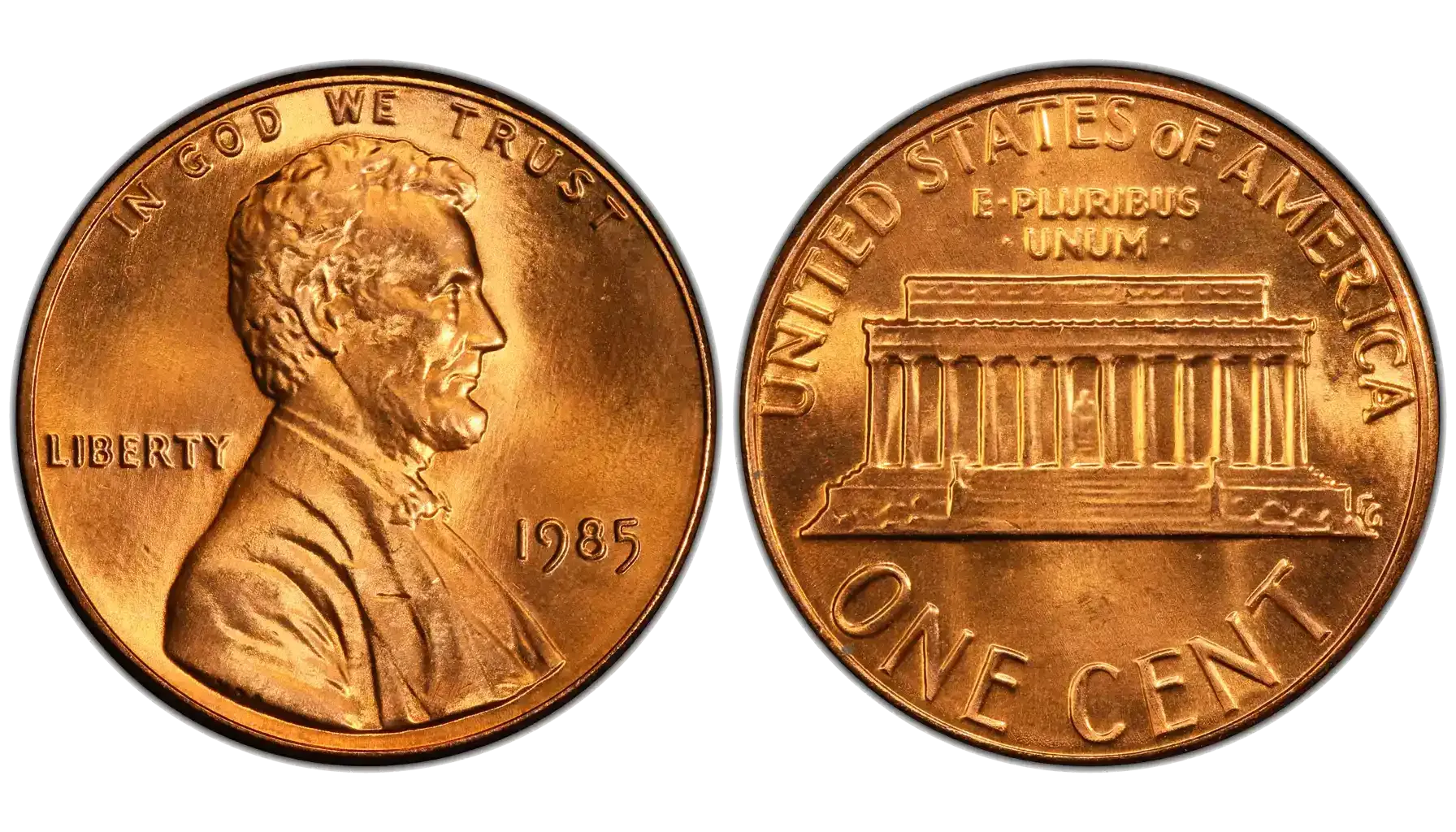Contents:
Some coins may be generally considered common, but each issue got its own exclusive variation with high premiums to carry. Collectors appreciate and cherish all the coins, and the most experienced representatives of the sphere tend to seek tiny treasures in something ordinary. The 1948 nickel is a fine example of such a phenomenon.
Why can we consider 1948 Jefferson nickels valuable? Which characteristics may identify this coin and its unique iterations? And how much is a 1948 nickel worth today? Explore the article to learn more about this amusing example and meet an innovative tool for coin collectors.
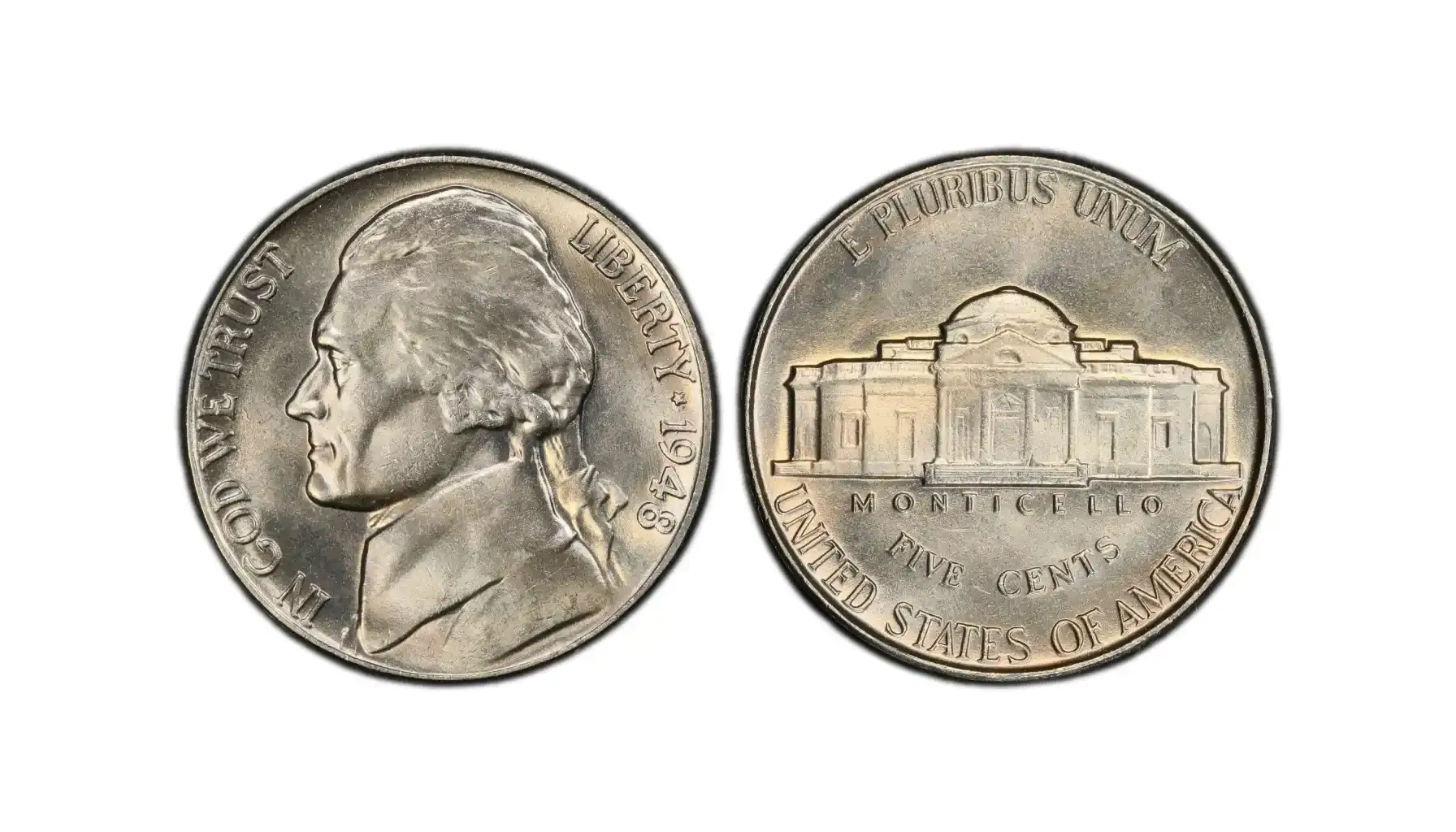
The Jefferson Nickel Series Comes First
Nickels represent one of the most long-lasting traditions in American coinage. As such, the whole production period is divided into several phases, each characterized by a new iteration of the design (and composition, in certain cases). The Buffalo Nickel series, which is the subject of our interest, brought a fresh design honoring one of America’s Founding Fathers, Thomas Jefferson.
No other coin could boast the same events it survived. The most indicative example of its flexibility and resilience is the silver "war nickels" made during World War II (1942–1945) with their compositional alterations, however short-lived these could be (hopefully). The 1948 nickel represents a return to the traditional copper-nickel content at a period of post-war economic recovery, even if it is not the first coin to be classic again.
Features and Details of the 1948 Jefferson Nickel
Having been introduced a decade earlier, this design demonstrates reimagined features that capture new perspectives and an initiative to honor those who managed to shape the nation. Here is what we should be aware of in terms of appearance.
The Main Characteristics of the Nickel 1948 | |
Obverse Design | A left-facing portrait of Thomas Jefferson, an American Founding Father and third president of the US; the inscriptions “IN GOD WE TRUST” along the left rim, as well as “LIBERTY” and the year “1948” on the right, separated by a small star |
Reverse Design | Jefferson’s famous Monticello estate; the inscriptions “E PLURIBUS UNUM” at the top, “MONTICELLO” at the center, as well as “FIVE CENTS” and “UNITED STATES OF AMERICA” at the bottom. |
Composition | Copper-nickel alloy (75% copper, 25% nickel) |
Weight | 5.000 g |
Diameter | 21.21 mm |
Edge | Smooth |
Mint Marks |
|
Although all the coins belong to the same series, some may differ from the rest due to variations in mint marks, production quality, and occasional minting errors. In this case, the 1948 nickel worth can be significantly higher, but what exactly may affect the value of a coin?
What Makes 1948 Nickels Rare
Indeed, the 1948 Jefferson Nickel is not the rarest coin in the series. However, there are a few things that can make it more valuable and, hence, desirable to collectors. The most distinctive features that define the rarity of the coin come down to mintage figures, errors, and conditions, too.
Mintage Figures
The main facilities that were responsible for the production of these nickels were those located in Philadelphia, Denver, and San Francisco. The distribution of quantities is quite predictable (with the San Francisco Mint being the least fruitful facility of them all):
Philadelphia (1948 Nickel No Mint Mark): 89,348,000
Denver (1948 D Nickel): 44,734,000
San Francisco (1948 S Nickel): 11,300,000
Auction records prove that the higher the mintage number, the more valuable a coin. However, everything may change, should the sample bear a beautiful imperfection…
Minting 1948 Nickel Errors
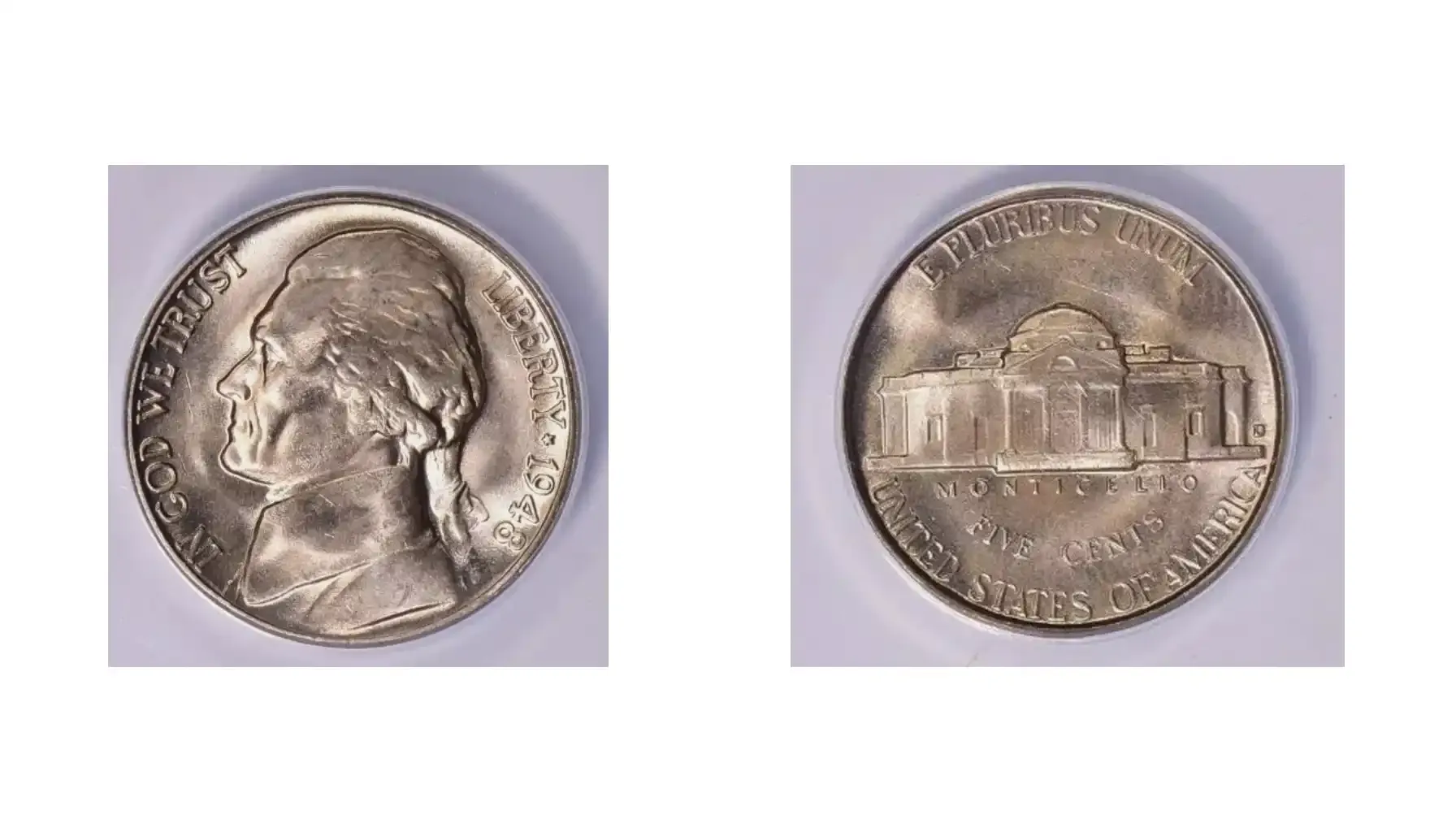
No coin ever is immune to deviations that may occur during the minting processes or afterward. If these are rare (and they cannot be common by nature) and aesthetically appealing, they are to command higher prices for sure. These are the main errors to look for.
Die Breaks (Cuds): Cracks or breaks that are manifested in the form of raised metal defects on the coin’s surface.
Off-Center Strikes: Coins struck outside their intended alignment.
Repunched Mint Marks (RPMs): An occurrence when the mint mark is struck more than once (particularly seen on the Denver-minted nickels, i.e., D/D).
Die Clashes: The ghosty impressions of the opposing design as a result of obverse and reverse dies striking one another.
Grading and Condition
Last but not least, the factor that affects the value of 1948 nickels is their condition. Rarer than their circulated counterparts are coins of higher grades, particularly those in Mint State (MS) condition, which is obvious.
What is more, the designation matters. Some instances have attributed the abbreviation "FS", which means "Full Steps", i.e., five or six distinct lines on Monticello referring to the stairs of the building. Such coins are extremely rare and fetch a premium price on the market since this designation denotes an overly crisp strike.
To learn more about the grade and designation, it is vital to obtain/explore certificates provided by official grading agencies such as PCGS and NGC to confirm a coin's authenticity and condition not to mention. If you wish to determine the state of the nickel on the spot, opt for numismatic apps like Coin ID Scanner that may identify and analyze any coin, e.g., the 1977 quarter, by photos in an instant.
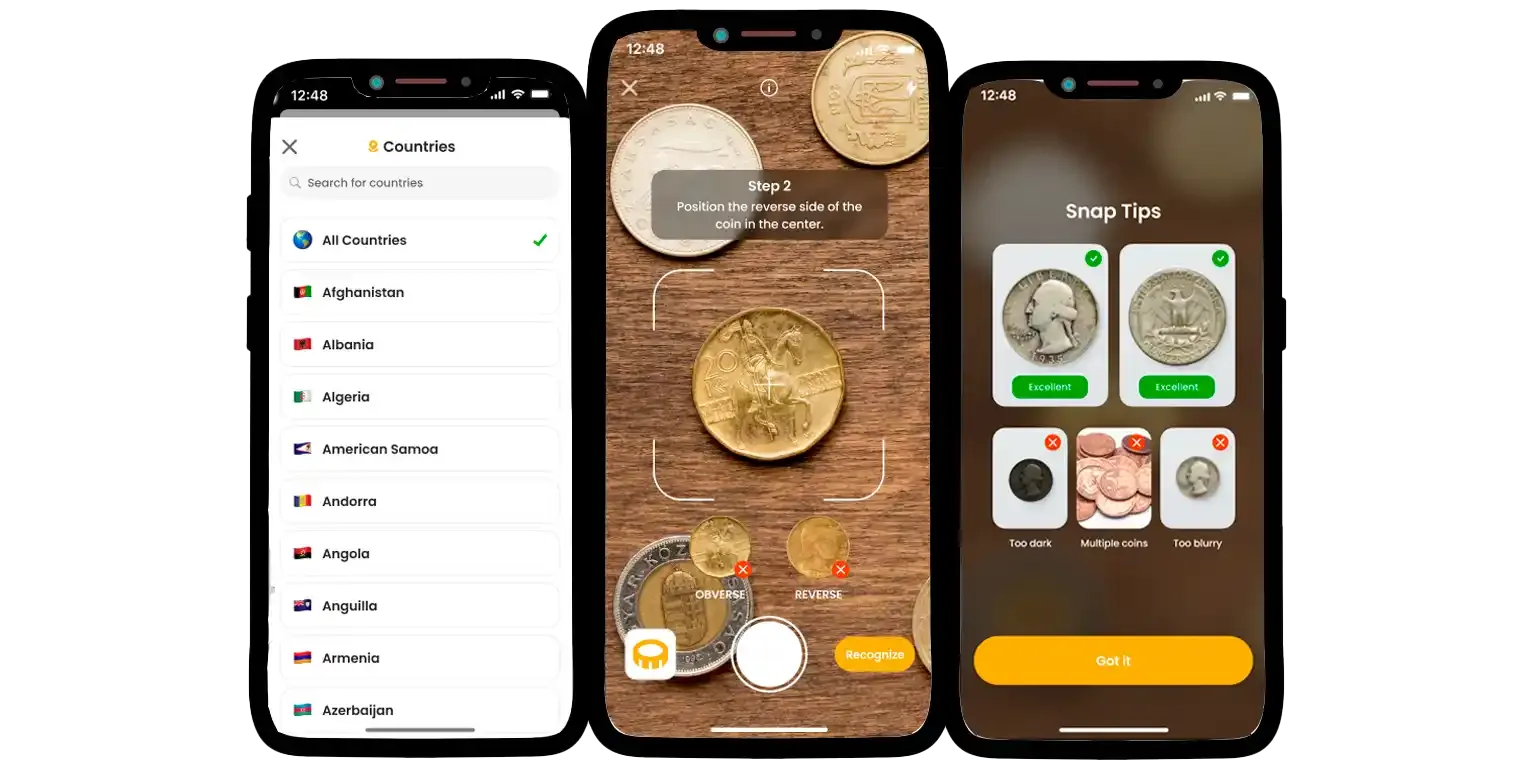
How Much is a 1948 Nickel Worth (as of 2025)?
Is a 1948 nickel worth anything? This generally depends on a combination of factors mentioned above. As for coins of regular circulation, their prices are usually equal to the face value of 5 cents, with slight increases up to several dollars per item. Collectibles, in turn, can be quite valuable and, thus, sell for hundreds or thousands of dollars.
Coin Type | Designation | Value (USD) in Higher Grades |
1948 5C (Philadelphia) | Standard Grade | $2,500 |
1948 5C (Philadelphia) | Full Steps (FS) | $4,800 |
1948-D 5C (Denver) | Standard Grade | $1,000 |
1948-D 5C (Denver) | Full Steps (FS) | $6,325 |
1948-S 5C (San Francisco) | Standard Grade | $2,000 |
1948-S 5C (San Francisco) | Full Steps (FS) | $12,000 |
This data only reflects coins in top-tier Mint State (MS) condition (as provided by PCGS Price Guide). However, even circulated or lower-grade examples can be valuable, particularly if they bear errors or unique mint indications. So, if you are lucky enough to find a 1948 nickel, particularly with Full Steps or errors, it could be a highly lucrative addition to your collection anyway.

